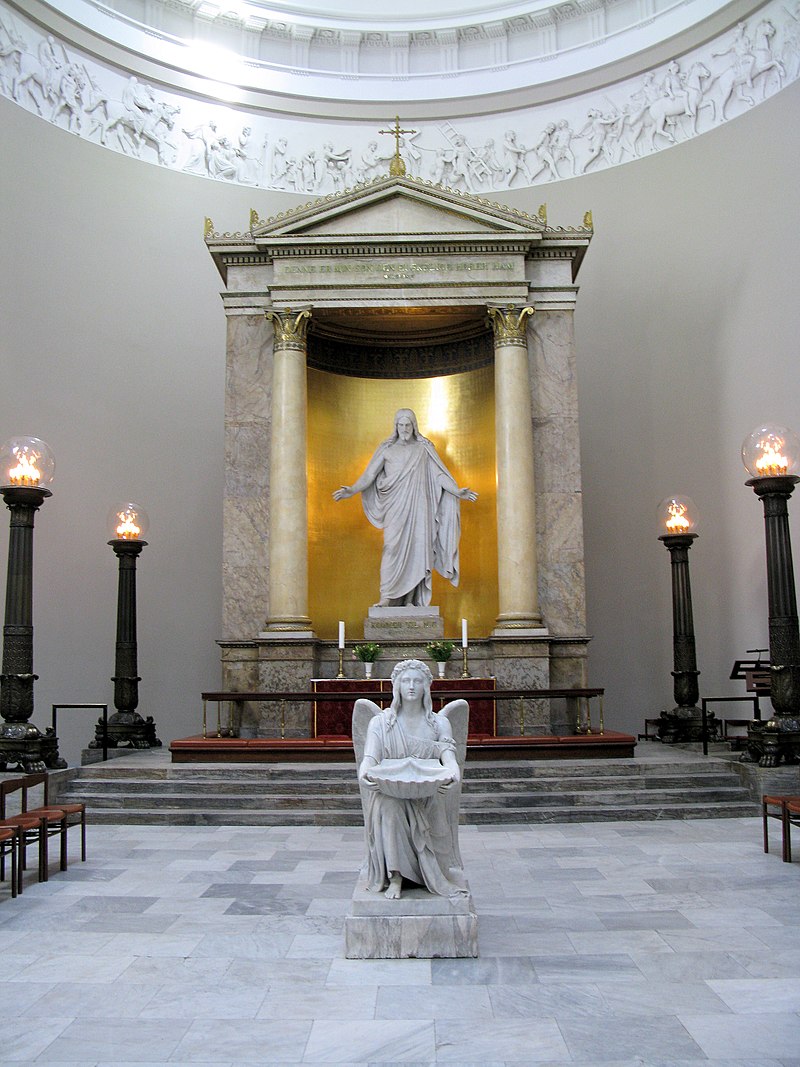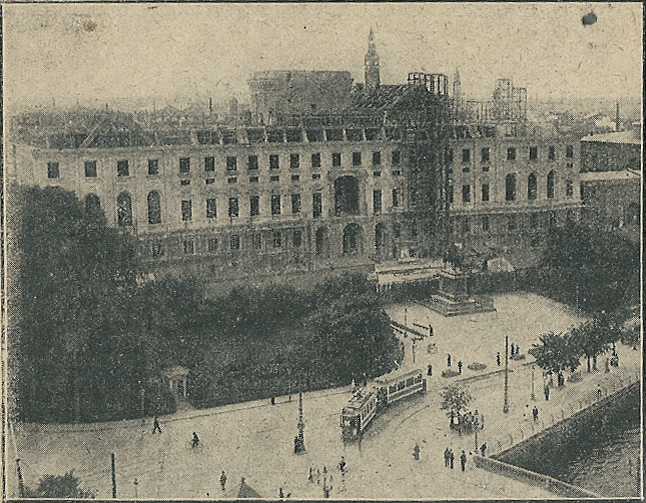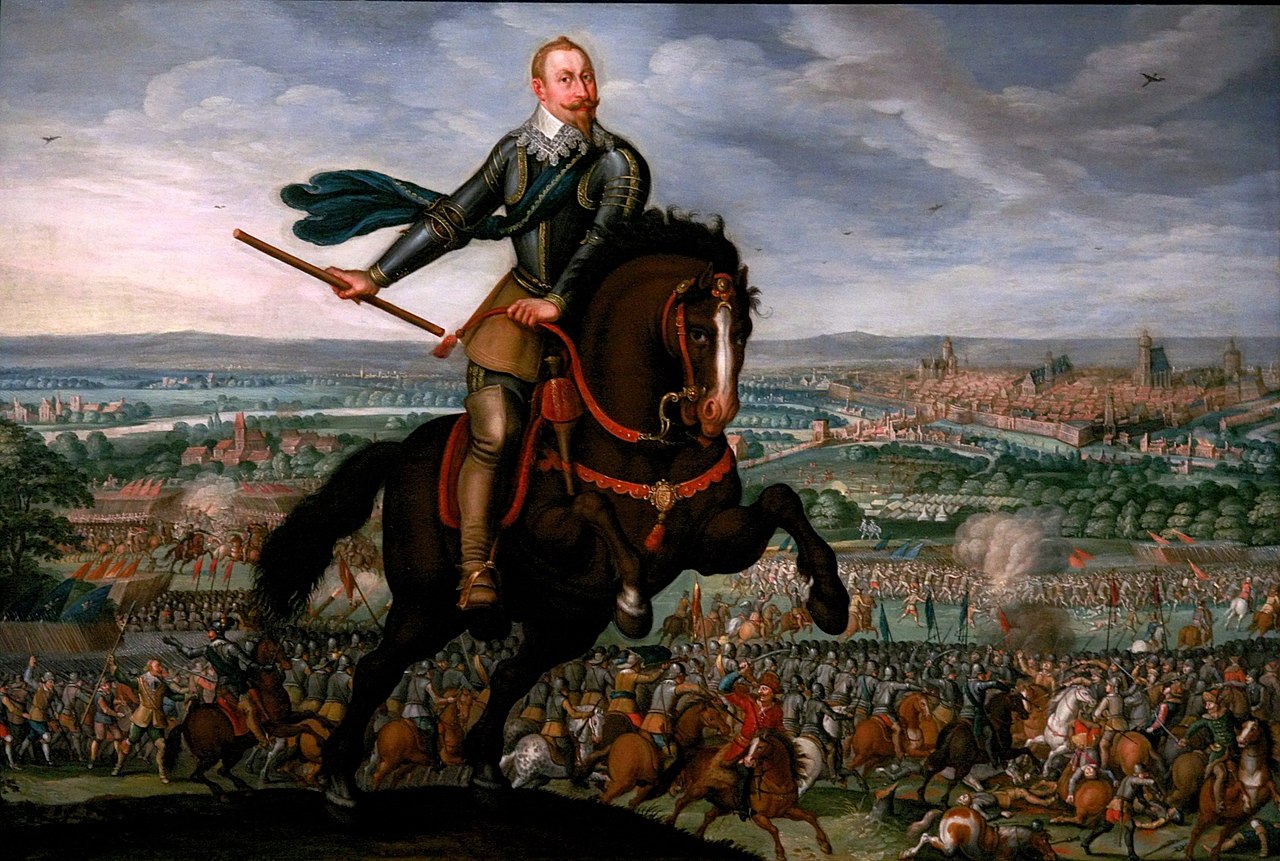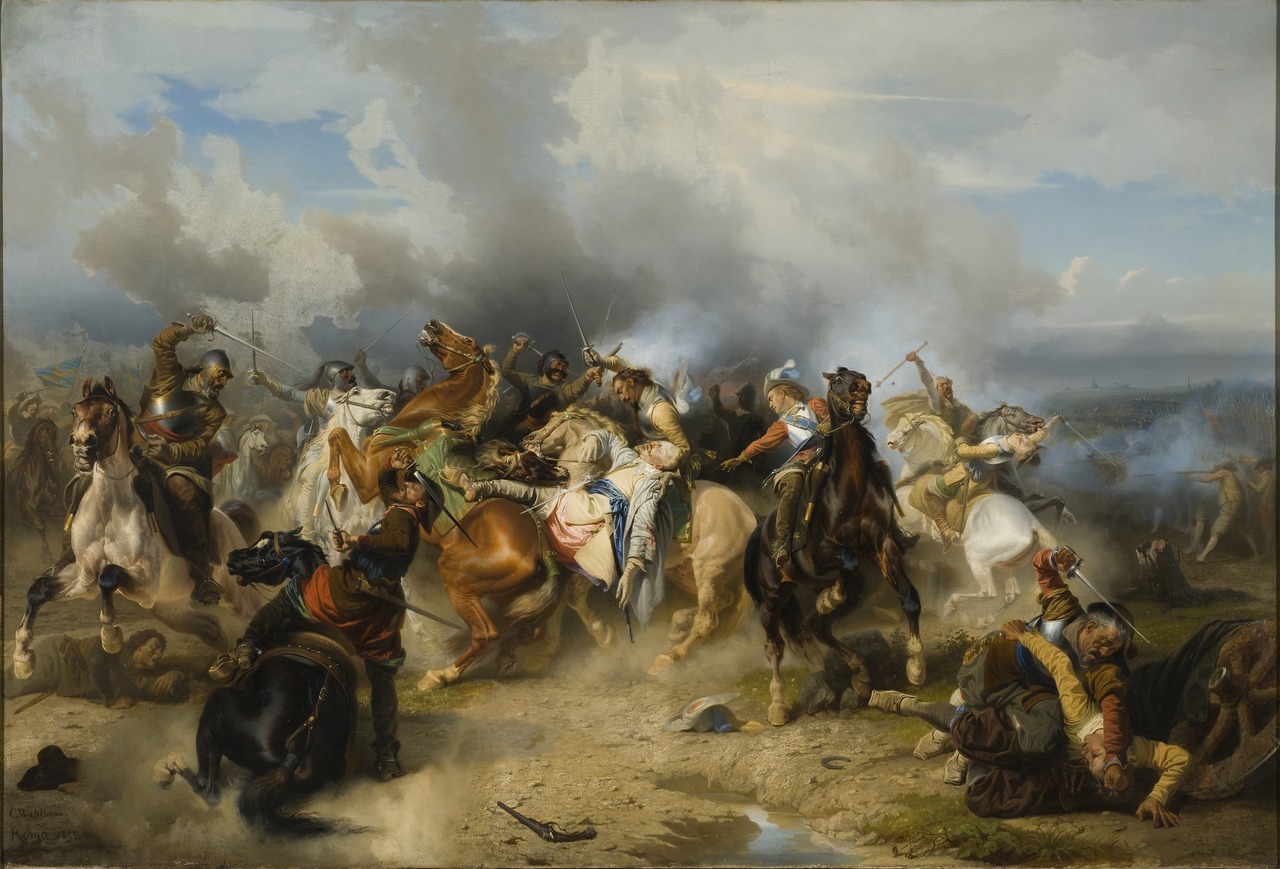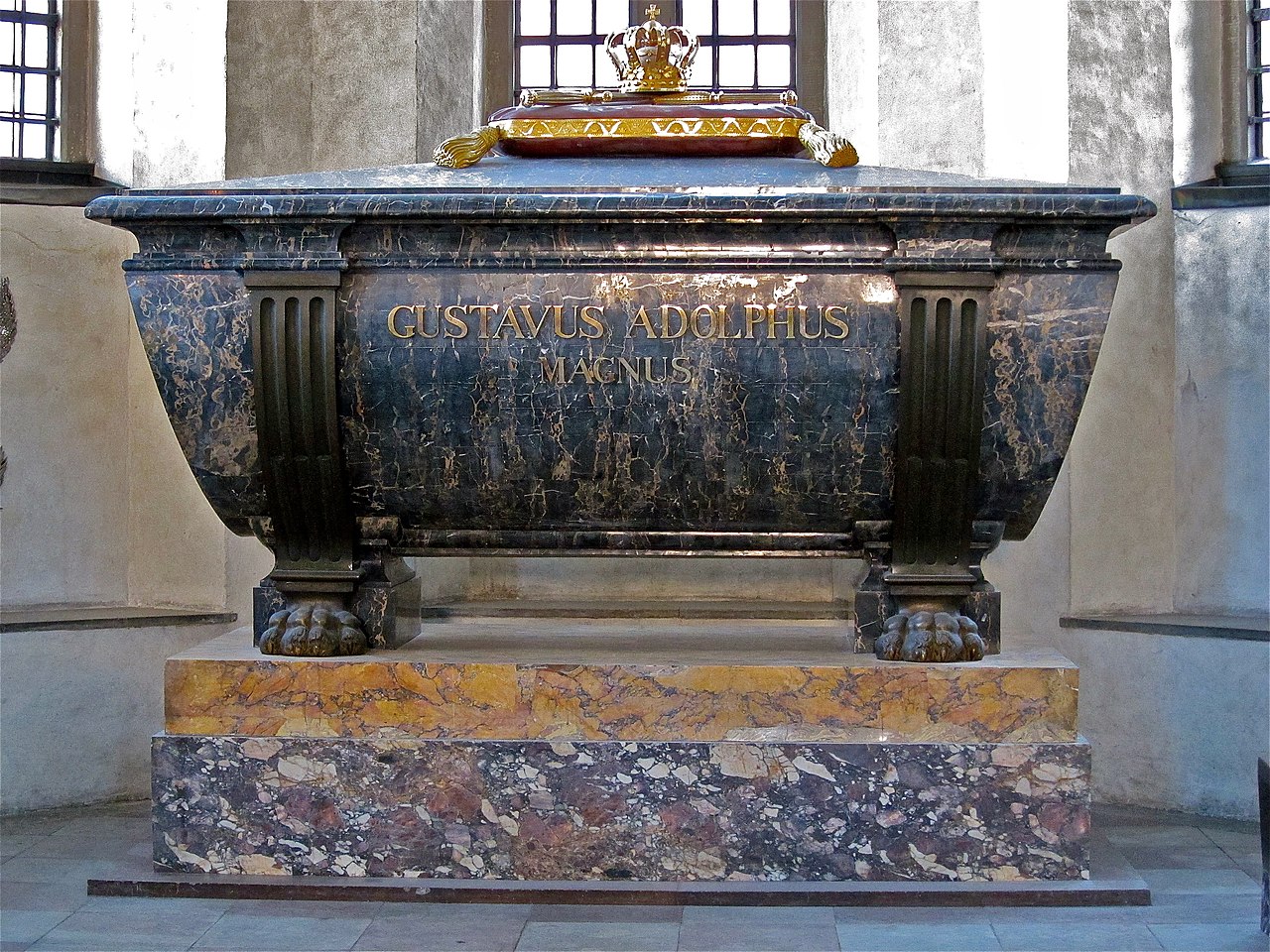by Susan Flantzer
© Unofficial Royalty 2021

Leopold II, Holy Roman Emperor, Pietro Leopoldo I, Grand Duke of Tuscany; Credit – Wikipedia
The Grand Duchy of Tuscany was located in present-day northwest Italy. It existed, with a few interruptions, from 1569 – 1859. Tuscany was ruled by the de Medici family from 1434–1494 and from 1512 until the extinction of its senior branch in 1737. In 1569, Pope Pius V elevated Tuscany to a Grand Duchy and Cosimo I de’ Medici became its first Grand Duke.
In 1737, the House of Habsburg-Lorraine obtained control of the Grand Duchy of Tuscany. François Étienne, Duke of Lorraine exchanged the Duchy of Lorraine for the Grand Duchy of Tuscany. Stanisław I, the father-in-law of King Louis XV of France, had abdicated the throne of Poland in 1736 and now became the Duke of Lorraine.
Except for a period of thirteen years from 1801 – 1814 during the French Revolutionary Wars and Napoleonic Wars, the House of Habsburg-Lorraine retained the Grand Duchy of Tuscany until Tuscany was annexed to the Kingdom of Sardinia in 1860, as a part of the unification of Italy. In 1861, Vittorio Emanuele II, King of Sardinia was proclaimed the first King of the new, united Kingdom of Italy.
Two Grand Dukes of Tuscany were also Holy Roman Emperors: Francesco II Stefano, Grand Duke of Tuscany (reigned 1737 – 1765) also Franz I, Holy Roman Emperor (reigned 1745 – 1765) and Pietro Leopoldo I, Grand Duke of Tuscany (reigned 1765 – 1790) also Leopold II, Holy Roman Emperor (reigned 1790 – 1792).
********************
The Holy Roman Empire was a limited elective monarchy composed of hundreds of kingdoms, principalities, duchies, counties, prince-bishoprics, and Free Imperial Cities in central Europe. The Holy Roman Empire was not really holy since, after Holy Roman Emperor Charles V in 1530, no emperors were crowned by the pope or a bishop. It was not Roman but rather German because it was mainly in the regions of present-day Germany and Austria. It was an empire in name only – the territories it covered were mostly independent each with its own rulers. The Holy Roman Emperor directly ruled over only his family territories, and could not issue decrees and rule autonomously over the Holy Roman Empire. A Holy Roman Emperor was only as strong as his army and alliances, including marriage alliances, made him, and his power was severely restricted by the many sovereigns of the constituent monarchies of the Holy Roman Empire. From the 13th century, prince-electors, or electors for short, elected the Holy Roman Emperor from among the sovereigns of the constituent states.
Frequently but not always, it was common practice to elect the deceased Holy Roman Emperor’s heir. The Holy Roman Empire was an elective monarchy. No person had a legal right to the succession simply because he was related to the current Holy Roman Emperor. However, the Holy Roman Emperor could and often did, while still alive, have a relative (usually a son) elected to succeed him after his death. This elected heir apparent used the title King of the Romans.
Learn more at Unofficial Royalty: What was the Holy Roman Empire?
********************
Grand Duke of Tuscany as Pietro Leopoldo I from 1765 – 1790 and Holy Roman Emperor as Leopold II from 1790 – 1792, Peter Leopold Josef Anton Joachim Pius Gotthard was born on May 5, 1747, in Vienna, Austria. Leopold, as was known, was the ninth of the sixteen children and the third but the second surviving of the five sons of Francis Stephen, Duke of Lorraine, Grand Duke of Tuscany, Holy Roman Emperor and Maria Theresa, Archduchess of Austria, and Queen of Hungary, Croatia, and Bohemia in her own right. His mother was the sovereign of Austria, Hungary, Croatia, Bohemia, Transylvania, Mantua, Milan, Lodomeria and Galicia, the Austrian Netherlands, and Parma. Maria Theresa, who had arranged for her husband to be elected Holy Roman Emperor, wielded the real power and Francis Stephen was content to leave the act of reigning to his wife. Leopold’s paternal grandparents were Leopold, Duke of Lorraine and Élisabeth Charlotte of Orléans. His maternal grandparents were Holy Roman Emperor Karl VI and Elisabeth Christine of Brunswick-Wolfenbüttel.

Leopold’s parents and his siblings; Credit – Wikipedia
Leopold had fifteen siblings but six of them died in childhood. His youngest sister Maria Antonia married King Louis XVI of France and became the ill-fated Queen Marie Antoinette of France.
- Archduchess Maria Elisabeth (1737-1740), died in childhood
- Archduchess Maria Anna (1738-1789), died unmarried, no issue
- Archduchess Maria Carolina (1740-1741), died in childhood
- Holy Roman Emperor Joseph II (1741-1790), married 1) Infanta Isabel of Spain, married 2) Princess Marie Josephe of Bavaria, had issue from his first marriage (two daughters, who died young)
- Archduchess Maria Christina (1742-June 1798), married Prince Albert of Saxony, Duke of Teschen, had one stillborn daughter
- Archduchess Maria Elisabeth (1743-1808), died unmarried, no issue
- Archduke Charles Joseph (1745-1761), died of smallpox, no issue
- Archduchess Maria Amalia (1746-1804), married Ferdinand, Duke of Parma, had issue
- Archduchess Maria Carolina (born and died 1748), died hours after baptism
- Archduchess Maria Johanna (1750-1762), died of smallpox, no issue
- Archduchess Maria Josepha (1751-1767), died of smallpox, no issue
- Archduchess Maria Carolina (1752-1814), married King Ferdinand IV of Naples and Sicily, the future King Ferdinand I of the Two Sicilies after her death, had seventeen children
- Archduke Ferdinand (1754-1806), married Maria Beatrice d’Este, had issue
- Archduchess Maria Antonia (1755-1793), married King Louis XVI of France, became Queen Marie Antoinette of France
- Archduke Maximilian Franz (1756–1801) became Archbishop-Elector of Cologne
When Leopold’s father became Grand Duke of Tuscany, it was decided that the second son would inherit that title and territory. However, Karl Joseph, the second son, died from smallpox at the age of fifteen, and Leopold, the third son became the second surviving son and the heir to the Grand Duchy of Tuscany. Like all of his siblings, Leopold received an excellent education as befitted a prince during the Age of the Enlightenment. He was particularly interested in the natural sciences and all the new discoveries and ideas. In addition to German, Leopold mastered Latin, spoke French and Italian, and also spoke a little Czech.

Maria Luisa of Spain, Leopold’s wife; Credit – Wikipedia
On February 16, 1764, in Madrid, Spain Leopold was married by proxy to Infanta Maria Luisa of Spain, daughter of Carlos III, King of Spain and Maria Amalia of Saxony. 18-year-old Leopold and 20-year-old Maria Luisa were married in person on August 5, 1765, in Innsbruck, Austria. Sadly, just thirteen days later, Leopold’s father Francis Stephen died suddenly In Innsbruck of a stroke or heart attack, at the age of 56, in his carriage while returning from the opera. The eldest son was elected Holy Roman Emperor and reigned as Joseph II. The second (surviving) son Leopold succeeded his father as Pietro Leopoldo I, Grand Duke of Tuscany, and the newlyweds settled at the Palazzo Pitti in Florence, the capital of the Grand Duchy of Tuscany, where they would live for the next twenty-five years.

Leopold with his wife Maria Luise and their children; Credit – Wikipedia
Leopold and Maria Luisa had sixteen children. Because his elder brother Joseph II, Holy Roman Emperor had no children, Leopold became the founder of the main line of the House of Habsburg-Lorraine.
- Archduchess Maria Theresa of Austria (1767 – 1827), married Anton I, King of Saxony, had four children who all died in infancy
- Franz II, Holy Roman Emperor (later Franz I, Emperor of Austria) (1768 – 1835), married (1) Elisabeth of Württemberg, died in childbirth giving birth to a daughter who died in infancy (2) Maria Theresa of Naples and Sicily, had twelve children, died after giving birth to her twelfth child who died three days later (3) Maria Ludovika of Austria-Este, no children, died from tuberculosis (4) Caroline Augusta of Bavaria, no children
- Ferdinando III, Grand Duke of Tuscany (1769 – 1824), married (1) Luisa of Naples and Sicily, had five children, died in giving birth to a stillborn son (2) Maria Ferdinanda of Saxony, no children
- Archduchess Maria Anna of Austria (1770 – 1809), unmarried
- Archduke Karl of Austria (1771 – 1847), married Henrietta of Nassau-Weilburg, had seven children including Maria Theresa who married Ferdinando II, King of the Two Sicilies
- Archduke Alexander Leopold of Austria (1772 – 1795), unmarried, accidentally burned to death from a mishap while conducting a fireworks show
- Archduke Albrecht Johann Joseph of Austria (1773 – 1774), died in infancy
- Archduke Maximilian Johann Joseph of Austria (1774 – 1778), died in childhood
- Archduke Joseph of Austria (1776 – 1847), married (1) Alexandra Pavlovna of Russia, dieddue to childbirth complications after giving birth to a daughter who died in early childhood (2) Hermine of Anhalt-Bernburg-Schaumburg-Hoym, had children, died in childbirth (3) Maria Dorothea of Württemberg, had five children including Marie-Henriette who married Leopold II, King of the Belgians
- Archduchess Maria Clementina of Austria (1777 – 1801), married Francesco, Duke of Calabria, later King Francesco I of the Two Sicilies, had two children, died from tuberculosis
- Archduke Anton of Austria (1779 – 1835), unmarried
- Archduchess Maria Amalia of Austria (1780 – 1798), unmarried
- Archduke Johann of Austria (1782 – 1859), married morganatically to Countess Anna Plochl, had one son
- Archduke Rainer of Austria (1783 – 1853), married Elisabeth of Savoy, had eight children including Adelaide of Austria who married Vittorio Emanuele II, King of Sardinia, later King of Italy
- Archduke Louis of Austria (1784 – 1864), unmarried
- Archduke Rudolph of Austria, Cardinal-Archbishop of Olomouc (1788 – 1831)
As Grand Duke of Tuscany, Leopold was a moderate proponent of enlightened absolutism and an advocate of the Leopoldine Code, a consolidation of the criminal law of the Grand Duchy of Tuscany that made the Grand Duchy the first country in the world to formally abolish the death penalty. Leopold was elected Holy Roman Emperor in 1790 after the death of his childless brother Joseph. At that time, he abdicated the throne of Tuscany in favor of his second son Ferdinand.

Leopold’s coronation as King of Hungary in Pressburg; Credit – Wikipedia
Leopold had three coronations. He was crowned Holy Roman Emperor on October 9, 1790, in the Imperial Free City of Frankfurt am Main. His coronation as King of Hungary in Pressburg, now Bratislava, Slovakia, took place on November 15, 1790, and then he was crowned King of Bohemia in Prague, now in the Czech Republic, on September 6, 1791. Wolfgang Amadeus Mozart‘s opera La clemenza di Tito was commissioned for the festivities that accompanied Leopold’s coronation as King of Bohemia.
Leopold’s short reign as Holy Roman Emperor saw problems from the east side of the constituent states of the Holy Roman Empire and also on the west side. The growing revolutionary feelings and actions in France endangered and eventually took the lives of his sister Marie Antoinette and her husband King Louis XVI, and also threatened Leopold’s territories with the spread of revolutionary agitation. From the east, Leopold was threatened by the aggressive ambitions of Catherine II (the Great), Empress of All Russia and Friedrich Wilhelm II, King of Prussia.

Death of Leopold with his wife and doctor at his bedside; Credit – Wikipedia
After only seventeen months as Holy Roman Emperor, Leopold II died suddenly and unexpectedly on March 1, 1792, aged 44, in Vienna, Austria. He was buried in the Tuscan Crypt at the Imperial Crypt in Vienna, Austria. Leopold’s eldest son Franz was elected (the last) Holy Roman Emperor and later was the first Emperor of Austria.
Less than three months after the sudden death of her husband, Maria Luisa died, aged 46, on May 15, 1792, at Hofburg Palace in Vienna, Austria. She was buried next to her husband in the Tuscan Crypt at the Imperial Crypt in Vienna, Austria. Their early deaths left their nine youngest children, all under the age of 18, orphans.
Tomb of Leopold; Credit – Von krischnig – selbst fotografiert, Bild-frei, https://de.wikipedia.org/w/index.php?curid=3431815
This article is the intellectual property of Unofficial Royalty and is NOT TO BE COPIED, EDITED, OR POSTED IN ANY FORM ON ANOTHER WEBSITE under any circumstances. It is permissible to use a link that directs to Unofficial Royalty.
Grand Duchy of Tuscany Resources at Unofficial Royalty
Works Cited
- De.wikipedia.org. 2021. Leopold II. (HRR) – Wikipedia. [online] Available at: <https://de.wikipedia.org/wiki/Leopold_II._(HRR)> [Accessed 22 September 2021].
- En.wikipedia.org. 2021. Leopold II, Holy Roman Emperor – Wikipedia. [online] Available at: <https://en.wikipedia.org/wiki/Leopold_II,_Holy_Roman_Emperor> [Accessed 22 September 2021].
- Flantzer, Susan, 2013. Maria Theresa, Archduchess of Austria, and Queen of Hungary, Croatia, and Bohemia. [online] Unofficial Royalty. Available at: <https://www.unofficialroyalty.com/maria-theresa-archduchess-of-austria-queen-of-hungary-croatia-and-bohemia/> [Accessed 19 September 2021].
- Wilson, Peter, 2016. Heart of Europe – A History of the Holy Roman Empire. Cambridge: Belknap Press of Harvard University Press.













